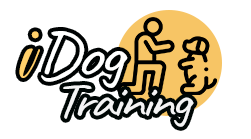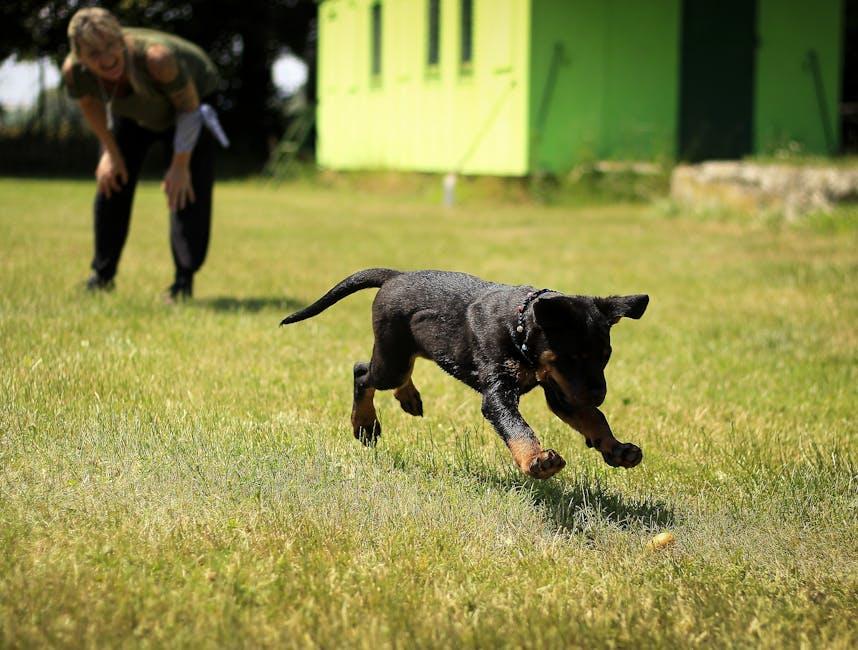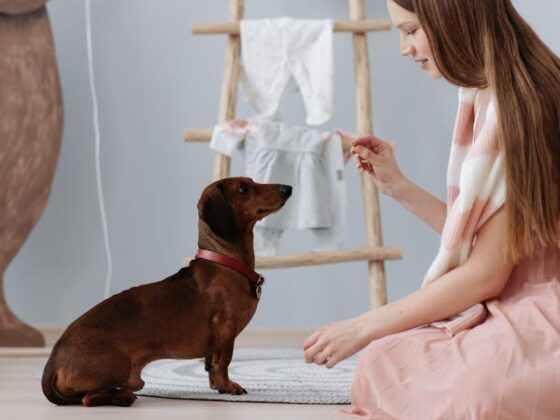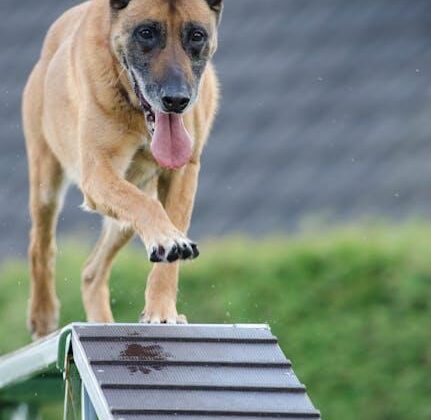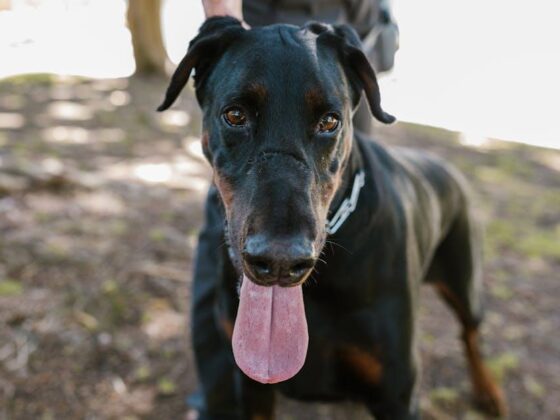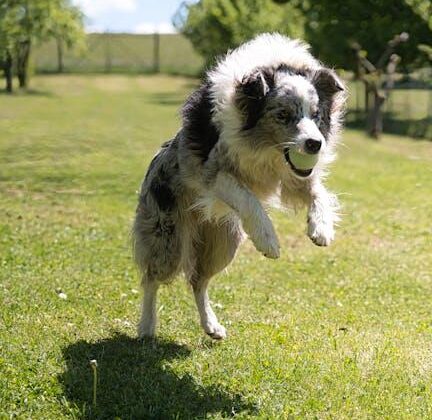Hey there, fellow fur parents! 🐾 If you’re diving into the wonderful, wacky world of dog ownership, you might be feeling a mix of excitement and a sprinkle of panic. I get it! Whether you’ve just brought home your first puppy or adopted a rescue with a personality bigger than its bark, training can seem a bit daunting. But fear not, because we’re here to turn that anxiety into all the pawsitive vibes you can handle! In this article, we’ll pack in some essential dog training tips that are perfect for newbies like you. From mastering the basics to building a bond that’ll make your pup adore you even more, we’ve got your back! So let’s grab those treats and get tail-wagging ready to embark on this exciting training journey together! 🎉🐶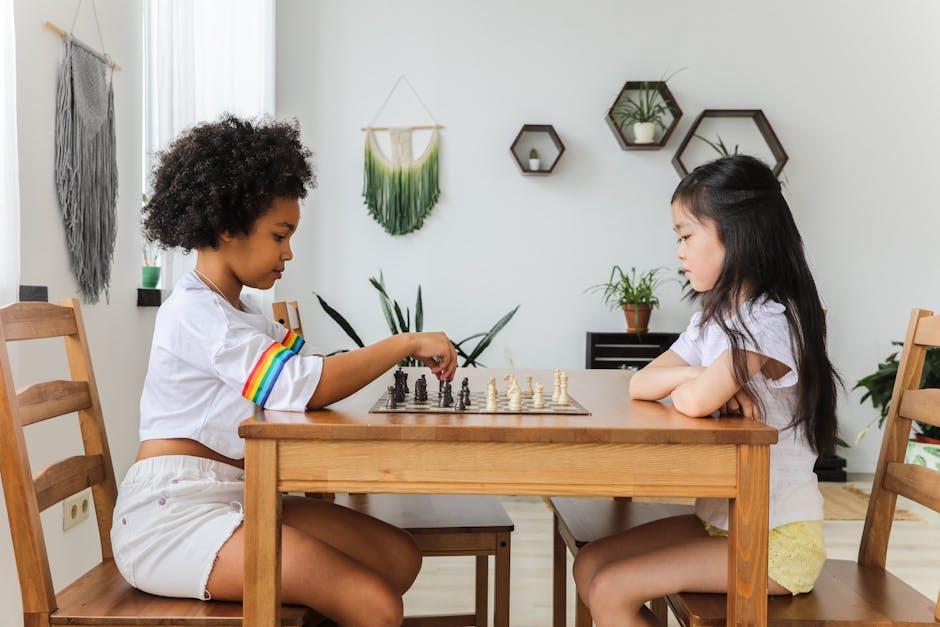
Getting Started with the Right Mindset for Training your Pup
Training your pup requires more than just a set of commands; it’s about cultivating a strong bond and understanding your furry friend’s perspective. Approach each training session with a positive attitude and an open heart.Remember, dogs are incredibly intuitive and can sense their owner’s emotions. If you’re feeling frustrated or anxious, your pup may pick up on that energy, which can hinder their learning process. Instead, channel your inner cheerleader and celebrate even the smallest victories. Positive reinforcement is key, so never underestimate the power of a good belly rub or tasty treat!
Establishing a solid foundation for training starts with setting realistic expectations. Dogs, like people, have their unique personalities and learning speeds. Some might take to commands like a pro,while others may need a bit more time. To help maintain a positive atmosphere, consider these tips:
- Be Consistent: Use the same commands and signals each time.
- Keep sessions Short: Aim for 5-10 minutes to hold their attention.
- Stay Patient: Allow your pup to learn at their own pace.
- Make it Fun: Incorporate play and games to keep them engaged.

Building a Strong foundation: The power of Basic commands
When you start your journey into the world of dog training,laying down the groundwork is essential for a smooth ride ahead. Teaching your pup basic commands not onyl fosters effective communication but also strengthens the bond between you. Some of the key commands to focus on include:
- Sit – A simple command that helps your dog settle down.
- Stay – Perfect for teaching your pup patience and self-control.
- Come – Vital for safety, ensuring your dog returns to you when called.
- Down – Encourages a calm demeanor and is useful in various situations.
Recognizing the power of these commands can make a notable difference in everyday interactions. To effectively teach these commands, consistency and positive reinforcement are key. Use treats, praise, or playtime as rewards to motivate your furry friend. For a more structured approach, consider keeping track of your progress with a simple table:
| Command | Goal | Tips |
|---|---|---|
| Sit | Get your dog to stay in a seated position | Use treats; say “sit” as they lower. |
| Stay | Teach them to wait until you release them | Increase duration gradually; reward for patience. |
| Come | Encourage your dog to return to you | Practice with exciting calls; reward with love. |
| Down | Promote calmness by having them lie down | Guide them down gently; praise when they comply. |
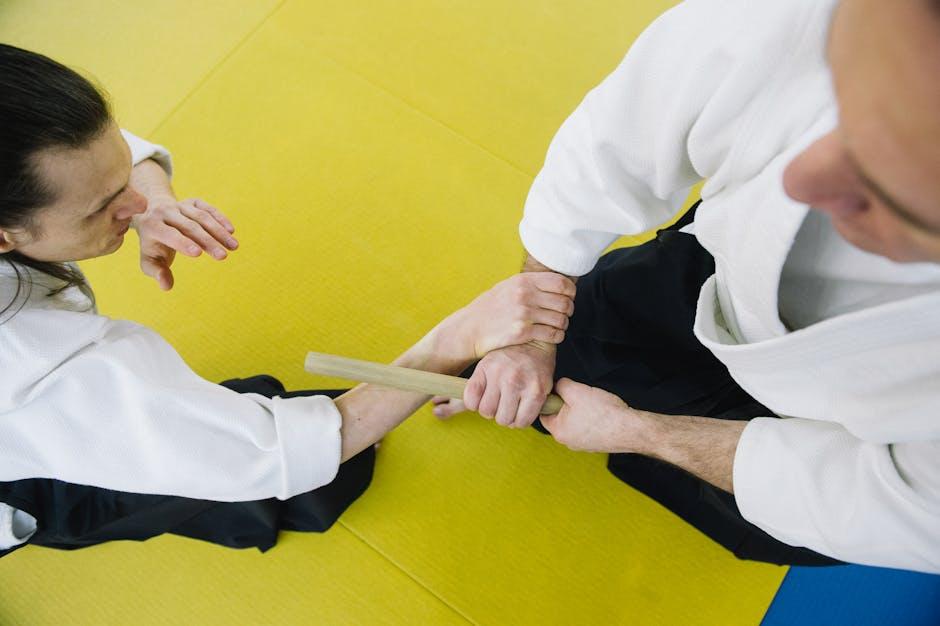
Fun and Games: Making Training Enjoyable for You and your Dog
Training doesn’t have to feel like a chore for you or your furry friend! Instead, think of it as a special bonding experience filled with laughter and joy. Here are some ways to spice things up and keep the vibes pawsitive during your training sessions:
- Playful Rewards: Use toys or treats that your dog loves as rewards, turning each triumphant command into a mini party.
- incorporate Games: Mix training with fun games like hide-and-seek or fetch, encouraging your dog to not only learn but also play.
- Routine Variety: Change up your training spots to keep things fresh—try training in the backyard one day and at the park the next.
- Short and Sweet: Keep sessions brief (about 5-10 minutes), ensuring your dog stays engaged and excited.
Try integrating some fun elements into your routine.Consider creating a training schedule that includes different activities each day to combat boredom.Here’s a simple table to help you plan:
| Day | Activity | Location |
|---|---|---|
| Monday | Basic Commands | Backyard |
| Tuesday | Agility Fun | Park |
| Wednesday | Fetch & Learn | Living Room |
| Thursday | Obstacle Course | Garage |
| Friday | Trick of the Week | Nearby Field |
with the right mix of training and fun, you’ll not only teach your dog essential skills but also create lasting memories together!
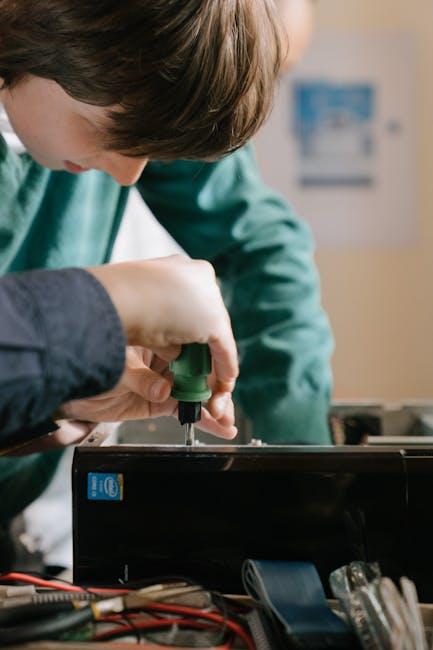
Troubleshooting Common Challenges: Tips for Stubborn Behaviors
Training your pup can sometimes feel like a game of tug-of-war, especially when faced with those stubborn behaviors that seem to take center stage. First and foremost, it’s vital to stay patient and consistent. Dogs, much like humans, respond better when they know what to expect. If your furry friend is refusing to obey commands or getting distracted by every squirrel that passes, try these methods:
- Short sessions: Keep training sessions brief but frequent, around 5-10 minutes, to hold their attention.
- Positive Reinforcement: Celebrate the small victories! Whenever they do something right,shower them with treats or praise.
- Distraction Management: Start in a quiet place with minimal distractions before gradually increasing the difficulty.
Another common hurdle is overcoming fear or anxiety, which can lead to undesirable behaviors like barking or hiding. Address this with a gentle approach by creating a safe space for your pet. You can also use a reward chart to track their progress and motivate their efforts:
| Behavior | Effective reward | Notes |
|---|---|---|
| Quiet During Thunder | Treats + Cuddles | Builds positive associations. |
| Walking calmly | Favorite Toy | Encourages good leash behavior. |
| Meeting New People | Extra Playtime | Associates strangers with fun. |
By following these tips and being attentive to your dog’s needs, you’ll turn those stubborn behaviors into Pawsitive vibes in no time!
Q&A
Q&A for “Pawsitive Vibes: Essential Dog Training Tips for Newbies!”
Q1: What’s the best way to start training my new puppy?
A1: Ah, the excitement of a new puppy! The best way to kick off training is with positive reinforcement. use treats, praise, and playtime to reward your pup for good behavior. Start with basic commands like “sit,” “stay,” and “come.” Keep training sessions short (around 5-10 minutes) to keep your puppy engaged and curious!
Q2: How do I stop my dog from chewing everything in sight?
A2: Puppies are like little tornadoes of energy and curiosity! To save your shoes and furniture from becoming chew toys, provide plenty of acceptable chew items. Redirect their attention to these toys whenever they go after something they shouldn’t. If they persist, use the “leave it” command you’re going to teach them—bonus points for multitasking!
Q3: How important is socialization for my pup?
A3: Socialization is HUGE! exposing your puppy to different people, places, and other dogs helps them grow into a well-adjusted adult dog. Aim for positive experiences and try puppy classes, dog parks, or safe playdates. Just remember to take it slow, and don’t overwhelm them!
Q4: My puppy barks a lot! Is this normal?
A4: Yep, puppy barking is totally normal—think of it as their way of chatting with the world! Though, if it becomes excessive, look into why they’re barking: Are they bored? Seeking attention? Once you figure it out, you can address the root cause.Teaching a “quiet” command can also help keep the noise levels down.
Q5: What should I do if my dog isn’t listening to me?
A5: Dogs have a knack for selective hearing! If your pup isn’t responding, make sure you’re using their favorite treats or toys as rewards, and try to eliminate distractions during training. It can also help to ensure that your commands are clear and consistent. And, hey, a little patience goes a long way—remember, it’s all about those pawsitive vibes!
Q6: How do I deal with separation anxiety?
A6: Separation anxiety can be tough, but don’t fret! Start by practicing short departures and gradually increase the time you’re away. Provide engaging toys to keep them busy, and when you leave, don’t make a big fuss about it. Keep greetings low-key when you come back home too, so they don’t associate your departures with drama!
Q7: At what age should I start training my puppy?
A7: You can start training as soon as you bring your puppy home—usually around 8 weeks! The earlier they start, the better. They’re like little sponges, soaking up everything you teach them, so get ready for some serious learning (and bonding) time!
Q8: Are there any online resources you’d recommend for newbie trainers?
A8: Absolutely! There are a ton of great resources out there. Websites like the American kennel Club (AKC) and the Association of Professional Dog Trainers (APDT) have great guidance.Plus, don’t underestimate the power of YouTube—there are plenty of dog trainers sharing tips and tutorials that are perfect for beginners!
With these tips and a little patience, you’re well on your way to being the ultimate dog-parent pro! Happy training, and remember: pawsitive vibes only! 🐾✨
Key Takeaways
And there you have it, fellow dog lovers! 🐾 With these essential training tips tucked under your belt, you’re well on your way to unleashing the inner superstar in your pup. remember, every wag of the tail and every silly bark is just part of the journey. Training a dog isn’t just about teaching them commands; it’s about building a bond that’ll last a lifetime.So grab those treats, get ready to channel your inner dog whisperer, and embrace the wonderful world of canine companionship. Don’t stress if things don’t go perfectly—each pup is unique, and a little patience goes a long way. keep those pawsitive vibes flowing, and your furry friend will be sitting, staying, and rolling over in no time!
Got any tips of your own? We’d love to hear about your training adventures and your four-legged friends. Share your stories in the comments below,and let’s keep this pawsitive community growing! Until next time,happy training! 🐶💖
